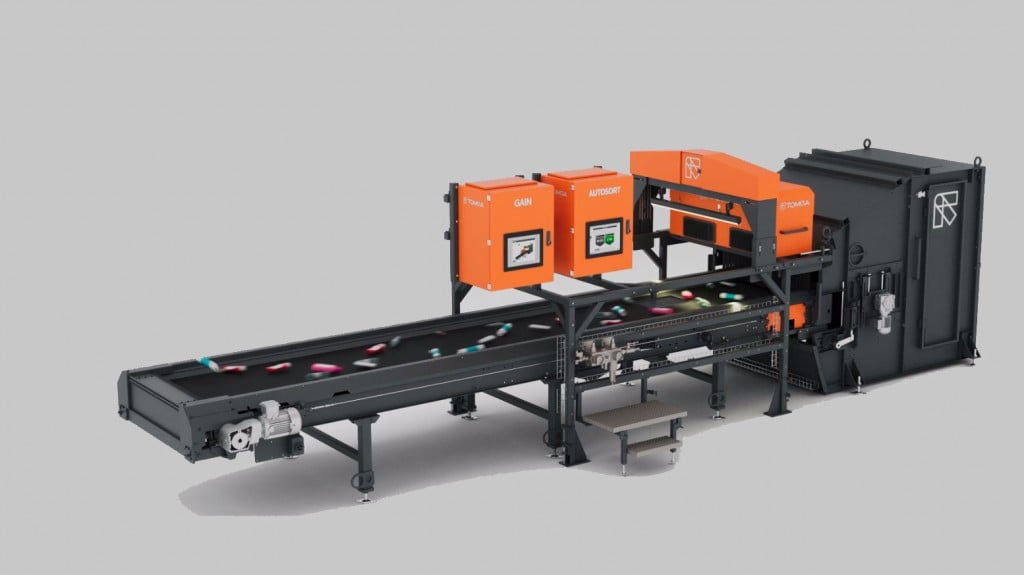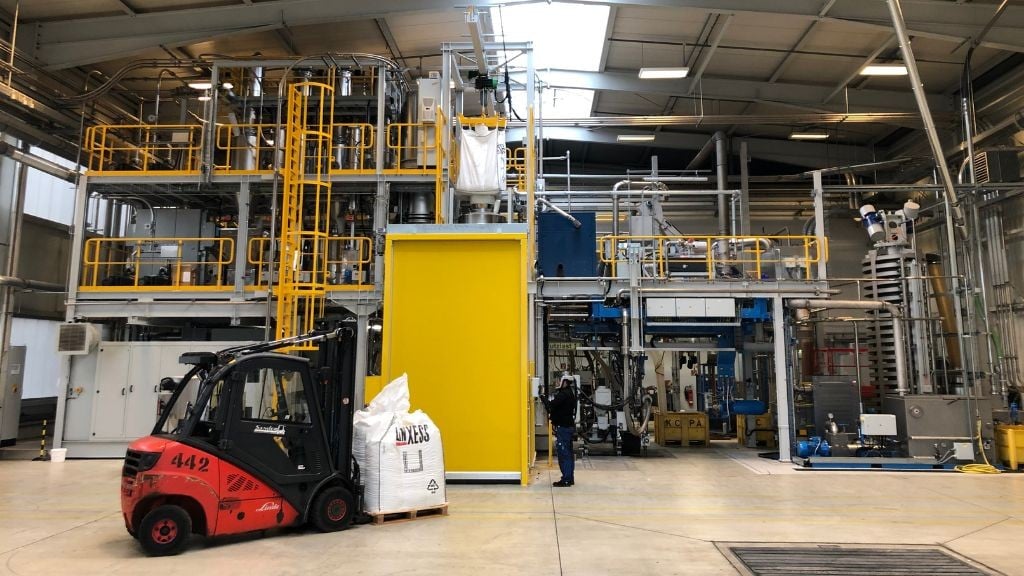
TOMRA Sorting Recycling has launched GAIN, an add-on deep learning-based sorting technology that further enhances the performance of its AUTOSORT sensor-based sorting machines. Engineered as an alternative to adding a new sorting machine or line at a recycling plant, TOMRA's new GAIN technology is an add-on option for the company's AUTOSORT line. According to TOMRA, by classifying objects based on sensor data, GAIN enables lower-cost sorting of materials that previously could not be separated with high levels of purity, without compromising throughput speed.
"Deep learning increases the sorting sophistication, effectiveness and flexibility of our market-leading AUTOSORT machines," says Carlos Manchado Atienza, regional director Americas for TOMRA Sorting Recycling. "GAIN technology will allow our sorting machines to adapt to new waste streams, which gives our customers more flexibility to adapt to changing market conditions."
Sorting enhanced through deep learning algorithms
Deep learning, as a method of artificial intelligence (AI), allows computers to imitate human learning. Humans make associations with what they have seen before and what they are seeing now to identify various materials. Machines are taught to do the same, but much faster. TOMRA machines have deployed AI since the early days of sorting, and TOMRA continually innovates and evolves this technology. New TOMRA GAIN Technology takes sorting AI to a new level with algorithms rooted in deep learning.
Traditional machine learning requires features engineered by a domain expert, whereas deep learning, a subset of machine learning, does not. It learns from thousands of captured images of specific material types, which should be separated in the sorting task. Deep learning mimics the activity of large numbers of layers of neurons in the human brain to learn complex tasks. This way, during machine training, GAIN learns how to connect the artificial neurons to classify objects.
First application: ejecting PE-silicon cartridges
The first version of the GAIN technology released by TOMRA is specifically developed for ejecting PE-silicon cartridges from a polyethylene (PE) stream by using camera information. On grounds of silicon remaining in the cartridges, separating those cartridges from the wanted PE material is necessary in order to increase sorted material purity.
In addition to detecting common forms of silicon cartridges, GAIN can also detect smaller double-cartridges, mostly used for two-component adhesives, as well as deformed or partly destroyed cartridges. Since TOMRA machines employs air jets to separate materials, even clustered cartridges can be sorted out, a task that even today's fastest picking robot arms struggle with.
The new technology was trained for this task with thousands of images and achieves an overall ejection rate of 99% of the cartridges using two systems in a sequence.



